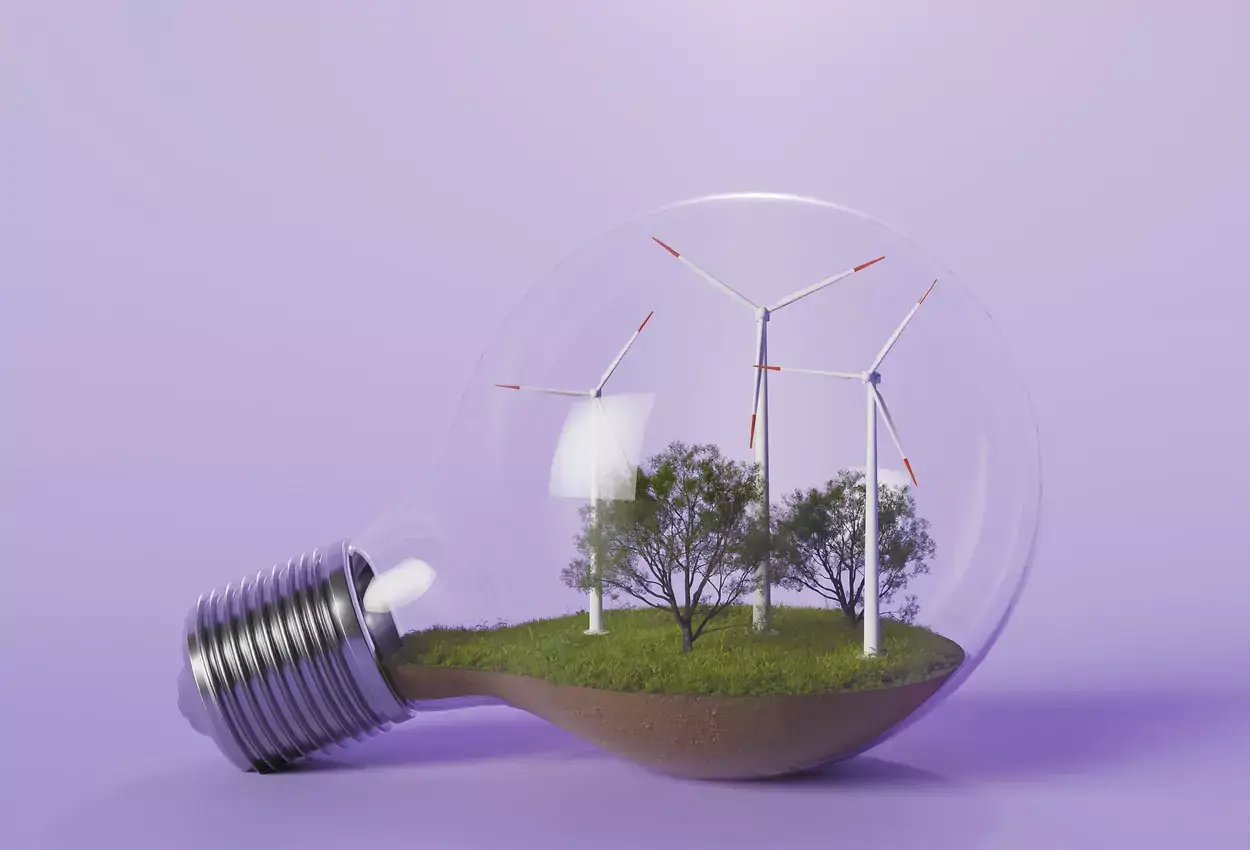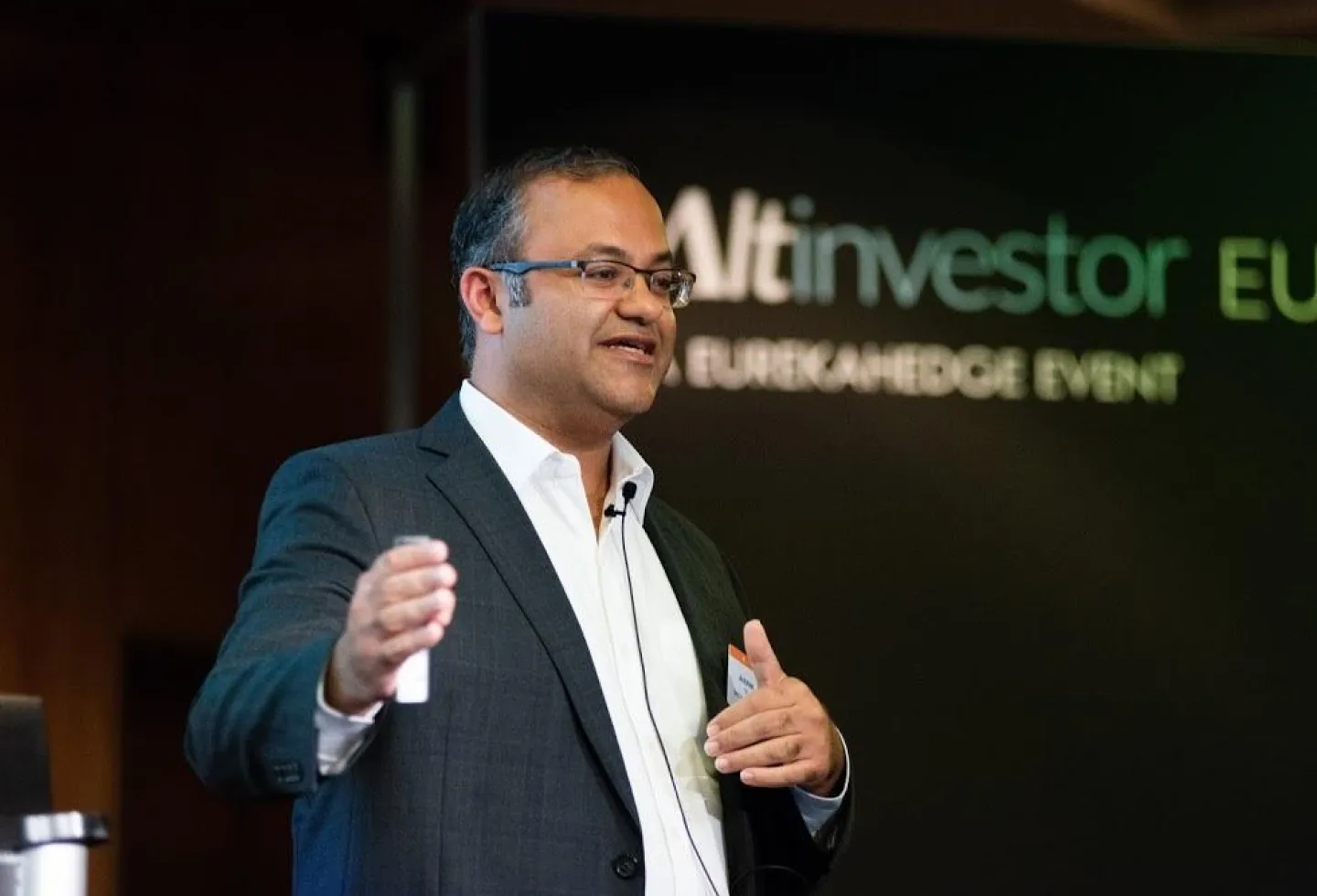Saudi Arabia is undergoing a transformative shift. Once synonymous with oil wealth and fossil fuels, the Kingdom is now positioning itself as a global leader in green energy and sustainability. Driven by economic diversification goals and the urgency of environmental challenges, Saudi Arabia is investing heavily in renewable energy, sustainable infrastructure, and carbon reduction strategies. This pivot marks a new era, where green energy is no longer a future aspiration but the new currency of business in the region.
From Oil to Opportunity
For decades, Saudi Arabia’s economy was built on its vast oil reserves. However, global climate concerns, fluctuating oil prices, and the emergence of cleaner alternatives have accelerated the need for change. Vision 2030, the national reform blueprint unveiled in 2016, articulates a bold strategy to reduce the Kingdom’s dependence on oil. Central to this strategy is the transition to a more sustainable, knowledge-based economy fueled by innovation and renewable energy.
The government recognizes that sustainability is not just an environmental responsibility but an economic imperative. With global investors prioritizing environmental, social, and governance standards, Saudi Arabia is aligning its business environment with international expectations. Green energy is emerging as both a solution to environmental challenges and a driver of economic competitiveness.
The Rise of Renewable Energy
At the heart of Saudi Arabia’s green revolution is a commitment to renewable energy. The country aims to generate fifty percent of its electricity from clean sources by 2030. Solar power, given the Kingdom’s abundant sunshine, is a cornerstone of this strategy. Projects like the Sudair Solar Plant, one of the largest in the region, are setting benchmarks for scale and efficiency.
Wind energy is also gaining momentum. The Dumat Al Jandal wind farm, located in the northern part of the country, is the first utility-scale wind project in Saudi Arabia and one of the largest in the Middle East. These projects are not just about generating power. They are about creating jobs, fostering local industries, and building technological expertise within the Kingdom.
Moreover, the Saudi Green Initiative, launched in 2021, outlines plans to plant ten billion trees, reduce carbon emissions by more than 270 million tons per year, and designate thirty percent of the country’s land for nature reserves. These efforts underline a holistic approach to sustainability that goes beyond energy to include biodiversity, climate resilience, and community well-being.
Hydrogen and the Circular Carbon Economy
Saudi Arabia is also emerging as a leader in hydrogen production. Green hydrogen, produced from renewable energy, is seen as a critical fuel for the future, especially in industries where direct electrification is difficult. The NEOM Green Hydrogen Project, a joint venture between ACWA Power, Air Products, and NEOM, is one of the most ambitious initiatives in this field. When completed, it will be the world’s largest facility producing green hydrogen for global export.
In addition to hydrogen, the Kingdom is championing the concept of the circular carbon economy. This model seeks to manage carbon emissions through a four-part strategy: reduce, reuse, recycle, and remove. By capturing and reusing carbon dioxide, Saudi Arabia aims to create a more sustainable industrial ecosystem. This approach aligns with global climate goals while leveraging the Kingdom’s existing capabilities in carbon management and petrochemicals.
Sustainable Cities and Infrastructure
Saudi Arabia’s investment in sustainability is not limited to energy. The Kingdom is reimagining urban development with a strong focus on environmental responsibility. Projects such as NEOM, The Line, and the Red Sea Project are being designed with sustainability as a core principle. These cities aim to be powered entirely by renewable energy, with zero emissions, smart waste management, and an emphasis on preserving natural ecosystems.
The Red Sea Project, for example, plans to become the world’s largest tourism destination powered by renewable energy. It incorporates environmental preservation into every aspect of its design, from marine conservation to sustainable construction materials. This new approach to development is setting a precedent for future urban planning in the region and attracting global investors interested in sustainable ventures.
Private Sector Participation
The shift toward sustainability is not driven by the government alone. The private sector is playing an increasingly vital role in Saudi Arabia’s green transition. Companies are adopting green building standards, implementing energy-efficient technologies, and integrating sustainability into their corporate strategies.
Saudi Aramco, the national oil company, is investing in carbon capture and storage technologies and exploring low-carbon fuels. SABIC, one of the world’s largest chemical producers, is pioneering innovations in recycling and sustainable manufacturing. Startups and small businesses are also emerging in fields such as clean tech, water conservation, and eco-friendly consumer products.
Furthermore, the financial sector is responding to this new landscape. Green bonds and sustainable investment funds are gaining traction in Saudi Arabia. Banks are beginning to offer preferential financing for environmentally responsible projects, further embedding sustainability into the country’s economic DNA.
Challenges and the Road Ahead
While progress is impressive, challenges remain. Developing renewable energy infrastructure at scale requires significant investment, skilled labor, and regulatory clarity. Balancing rapid development with environmental preservation is also complex, especially in fragile desert ecosystems.
Public awareness and behavioral change are equally important. Building a truly sustainable economy requires a shift in consumption patterns, energy use, and lifestyle choices. Education, innovation, and strong governance will be key to maintaining momentum.
Conclusion
Saudi Arabia is redefining its global identity through a bold embrace of sustainability. Green energy is no longer a supplementary part of the Kingdom’s vision. It is becoming the foundation of its economic and environmental strategy. From solar and wind to hydrogen and eco-tourism, Saudi Arabia is charting a course toward a cleaner, more resilient future. For businesses, this shift signals new opportunities, new partnerships, and a new way of thinking about value in a rapidly changing world.



